As we countdown to the launch of the 2015 Australian’s Annual, with the associated group Gallery Exhibition, we wanted to give all those fans of fashion and fine art photography something to tease their creative appetites. Over the next 10 weeks we will be giving viewers of FIB.com a chance to see interviews and some of the work that will be in the MASTERS OF PHOTOGRAPHY Vol 13 Australians Book and Show.
Nicholas Samartis is one of fashions most sought image-makers. He has created editorials, portraits and advertising photography for esteemed A-list clients including; Japanese Vogue, GQ, Vanity Fair, WWD and Allure. The photographer has also worked with American Vogue for over 10 years.
Samartis was born in Athens, Greece, although he spent his early years in Sydney. After studying at Sydney College of the Arts, Samartis moved to Paris, where he began his career in photography at Pin Up Studios assisting Oliviero Toscani, among others.
He has captured some of the most recognisable faces in the fashion and film industry, including: Keira Knightley, Naomi Watts, Cate Blanchett, Hugh Jackman, Gwen Stefani and Anne Hathaway, as well as supermodels Gisele Bündchen, Milla Jovovich, Doutzen Kroes, Hilary Rhoda and many more. Samartis is based everywhere from Los Angeles to Sydney and New York.
His dry sense of humour combined with his raw optic verve give his editorials a sense of liveliness. Samartis is famous for creating playful photo-shoots that radiate sensuality. His work contrasts fine art with understated sexuality in a tasteful yet definitive way. His portfolio is a ubiquitous narrative demonstrating rich and expressive stories.
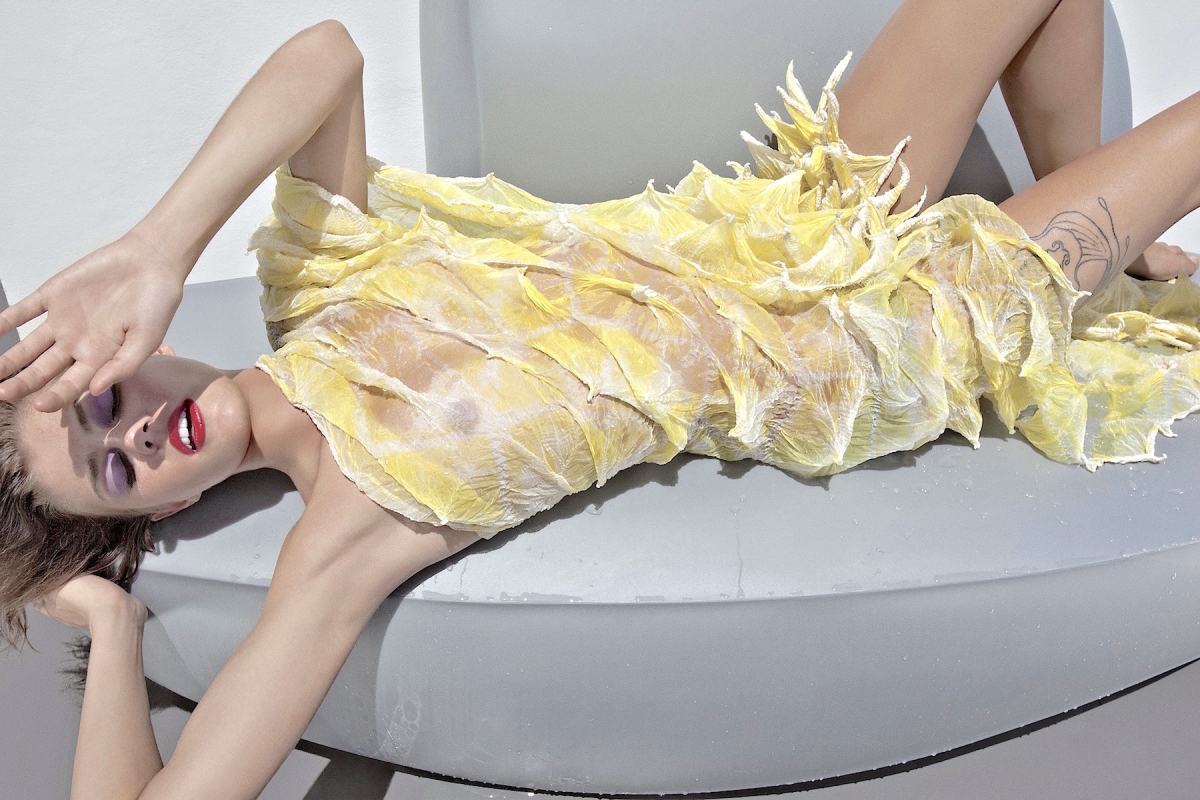
We recently sat down with Nicholas for an interview.
With the evolution of photography today, the rise of the “selfie”, the boom of image publishing sites like Instagram, and the use of Photoshop and other beginner level image Filtering effects, it could be said that there has been a Democratisation of imaging making, and that anyone with an iPhone is now a photographer. How has this changed the industry? What does it mean for the professional photographer? And where do you see it going?
If you saw my interview on the Today show recently regarding the ‘selfie phenomenon’ I was quoted as saying it’s not the ‘me’ generation, it is the ‘take a photo of me’ generation. It is indeed a boom of sorts.
In response to the second part of the question, I wouldn’t really say that everyone with an iPhone is a photographer. Everyone with an iPhone is simply anybody with an iPhone. I wouldn’t expect a client would be happy and prepared to pay me several thousand dollars a day if I showed up with an iPhone for a shoot, no matter how charming I try to be. Believe me, I have tried. I’m all for us recording an account of our lives with smartphones. However, for the most part it has diminished into an exercise in banality, hasn’t it?
As far as the ‘democratisation’ of photography is concerned, it may have more to do with the fact that in the past, photographers or clients’ costs would exceed two or three thousand dollars a day just for film alone. With the advent of digital we don’t pay for film anymore, so more photographs are taken.
Fashion photography, in the past has been seen as a prestigious, almost exclusive club. Do you think things have changed in that regard?
Yes certainly – it used to be an art and now it seems like it has become a craft.
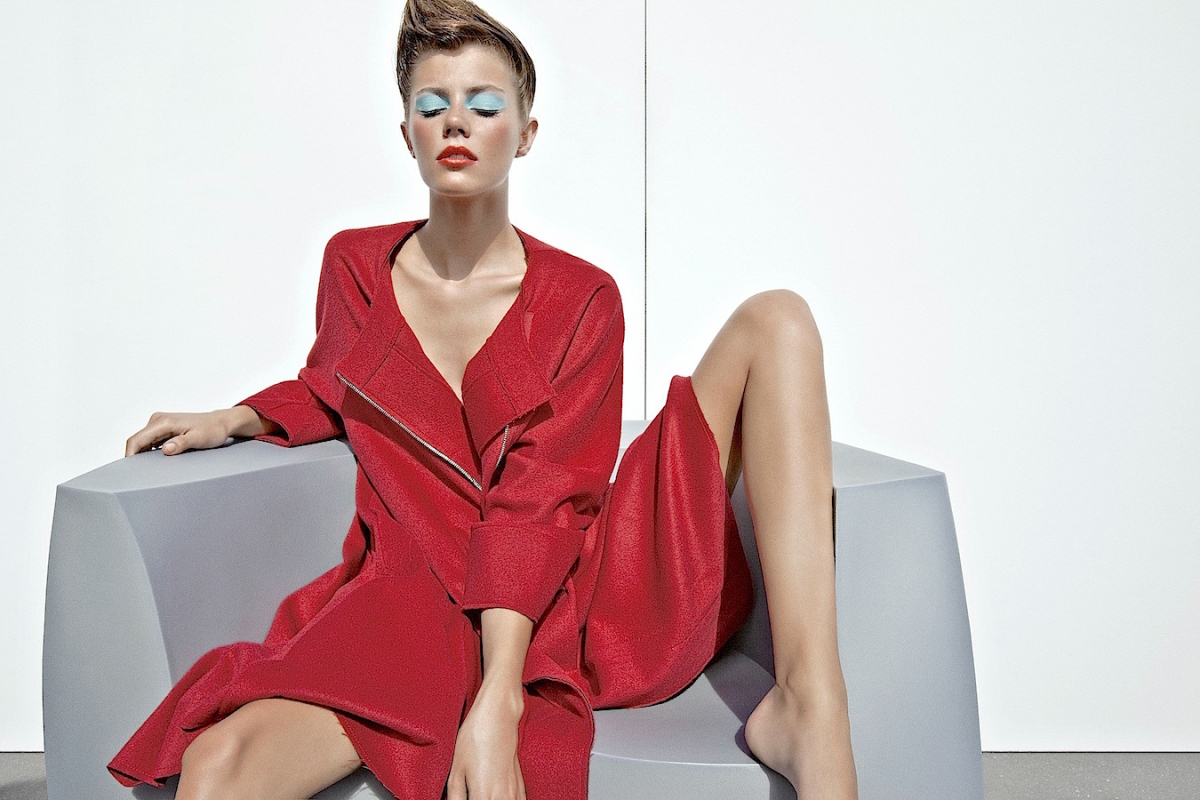
The late great Corinne Day refused to retouch her models, thus producing raw & sometimes gritty natural images. These stand in stark contrast to the kinds of heavily adjusted kinds of images created by people like the fashion duo Mert & Marcus, whose end result is nearly 80 percent retouching and post production. Where do you stand on post-photo manipulation?
Corinne Day also used 16-year-old models with a perfect skin and she really was a master of light and nuance. It was during the grunge era, where all artificial things were non-kosher. I delight in the imagery of Mert & Marcus; it is of our time and they do create some arresting pictures. The most difficult part about retouching is stopping and having an objective eye. In a nutshell there is a place for everyone.
Nick Knight, the British photographer, has been quoted as saying his favourite camera is his iPhone 6 not his Hasselblads. What do you say to that comment, and that “The best camera is the one you have with you at all times”.
I guess it is cool to say that these days. Nick has a great eye and could take fabulous image with a shoebox.
I do disagree with him though: the best camera is the one that takes the photograph that you want to take. And it is all about the digital sensors these days. The technology is mind-blowing: can you imagine we are up to 40 000 ASA? I prefer to use very large sensors to record my work. I took Bob Hawke’s portrait last year and you can see the detail of the veins in his eyes. I have blown that up to the size of a door and the quality of that image is simply extraordinary. You can’t do that with a smartphone. And you would be a tad foolish to try.
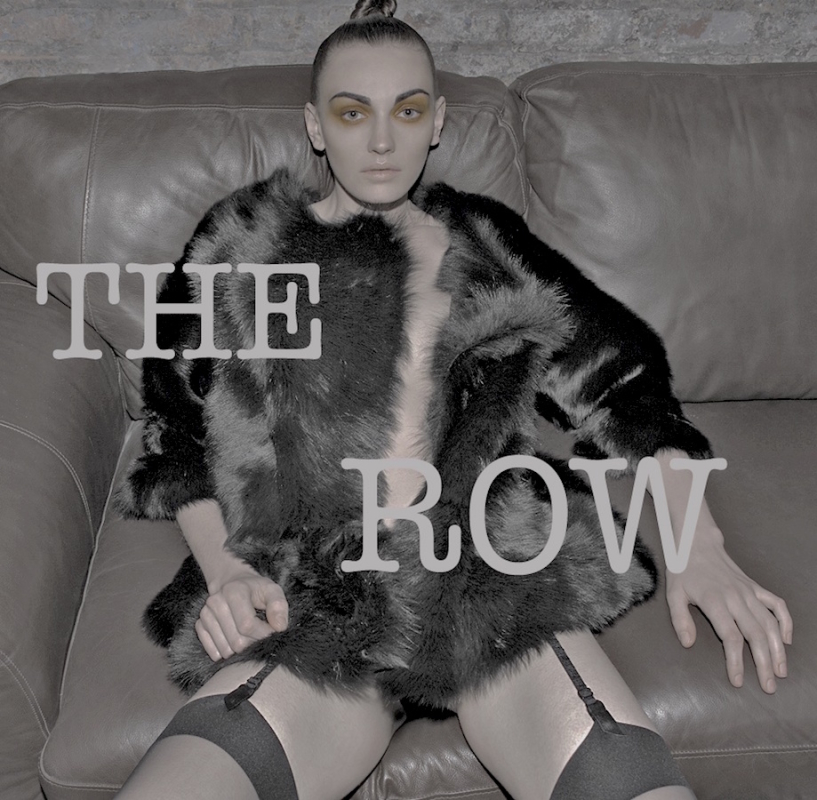
The likes of photographers Nick Knight & Rankin have become media brands in their own right. Not only are they photographers but also media publishers, editors, journalists & writers. How important is innovation and the addition of new skills today? Is it enough to be a pure play photographer or do you need to add other elements to keep at the top of the game?
Darwin said it best. However in a nutshell it is the ability to evolve that keeps an artist alive and most importantly inspired. I have moved aside into fine arts and exhibitions and also into a creative director role. My other goal is to design hotels. I spent half of my life in the best ones around the world so I think I have something to offer.
Do you know of any rising new stars from here or abroad that you predict big things for in the industry?
Yes there is a chap by the name of Teiger Sceats we should look out for… And my son has just started to get into taking pictures and wants to start producing films too. He is four-and-a-half years old, has a good eye and has a great ability to direct. He also has a very good, overqualified yet enthusiastic assistant!
What skills aside from the technical image making set do you need to learn & master to make it to the top level in photography?
To me, it’s the ability to hear clearly. Listening is the most powerful creative ingredient. Empathy is essential to creating images too. Plus, given the long hours of work photographers are used to, a sense of humor is essential: the drier the better.
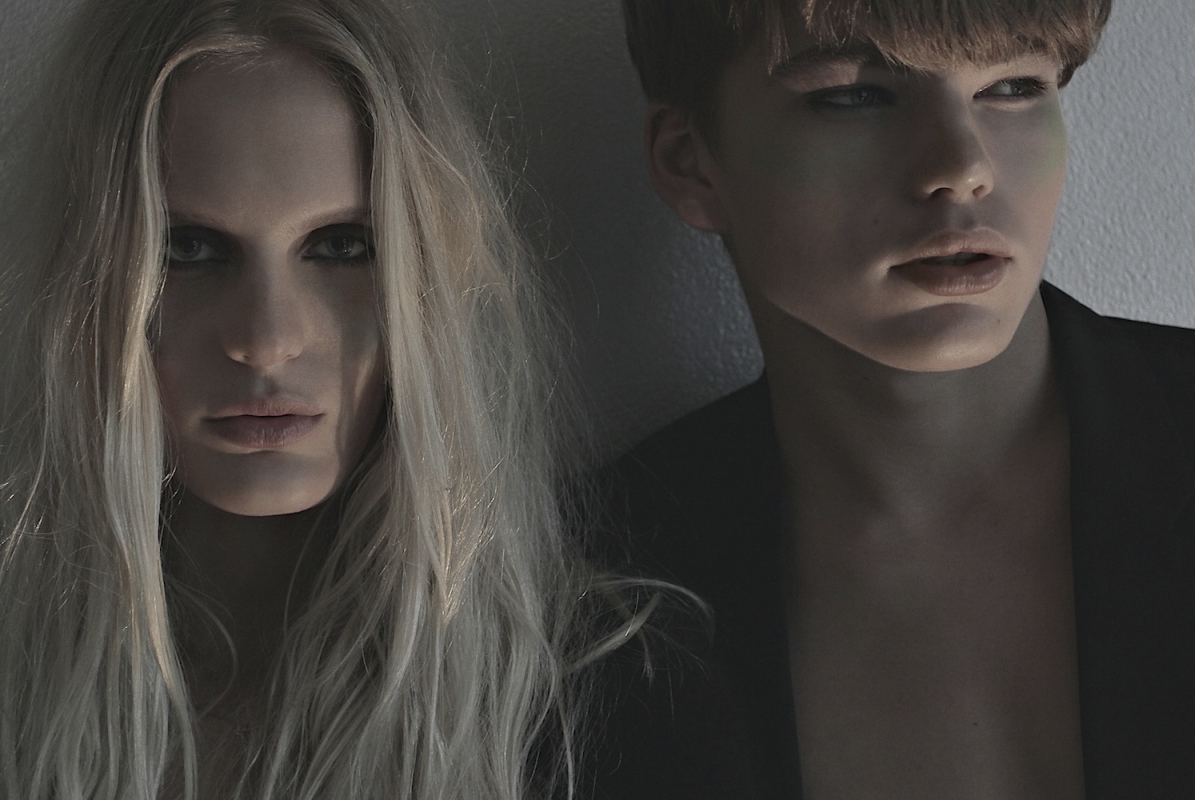
What the leading magazines, websites on the art of photography that you look to and respect above all others ?
I’m old school: Italian Vogue is pretty much all you need to look at. And that Google thingy is quite handy too.
What kinds of things do you do to promote your work these days? What kinds of things do you do to get new contracts and commissions?
Well samartis.com is up and running and my Instagram account @nicholas_samartis is very effective too.
I’m lucky enough to be in a position to create my own projects these days. I am very much into doing exhibitions and collaborations. I still am on call for high-end work like American Vogue when needed. And have started a series of works in collaboration with famed artist, Daimon Downey.
Where do you ideally need to be based to be an internationally successful photographer?
On a plane really! It seems like I spent my life flying around. I did that for over ten years but I like being at home now. New York and Los Angeles are obviously great locations.
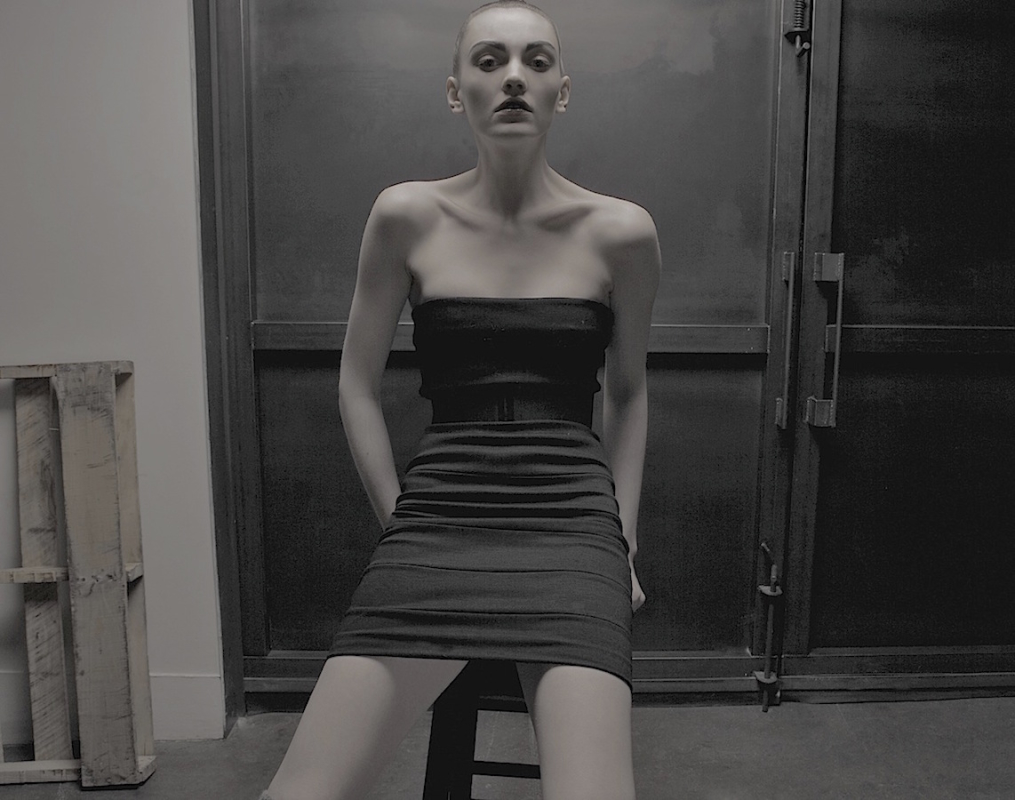
How do you describe your style & technique? How do you keep it fresh in such a rapidly paced industry?
I like to shoot fast and keep the jokes fresh: I think that typifies my style. I like the women I photograph to look optimistic and empowered, in one word: American.
Are you loyal to a certain camera/s? How do you keep up with ever changing technology?
I’m only loyal to a focal length that I fall in love with from time to time. A camera is to a photographer what a racket is to a tennis player: it’s an extension of yourself and your eyes. It’s all about finding the sweet spot and keeping it effortless.
Where do you find your inspiration? Do you have a muse, have you in the past? Why do you think you did that?
Where do I find inspiration? By looking out of a window! You must never stop doing that.
Regarding a muse, there is a wonderful quote by the famed Greek writer Nikos Kazandzakis: “There is only one woman in the world. One woman, with many faces.” The mysterious feminine is an inexhaustible inspiration. However a window is best.
What has been your career highlight so far?
Watching Prince rehearse before I photographed him is definitely right up there! Maintaining an over-15-year relationship with American VOGUE is itself a highlight, too. It has been an extraordinary source of connections with some of the most interesting and beautiful women in the world.
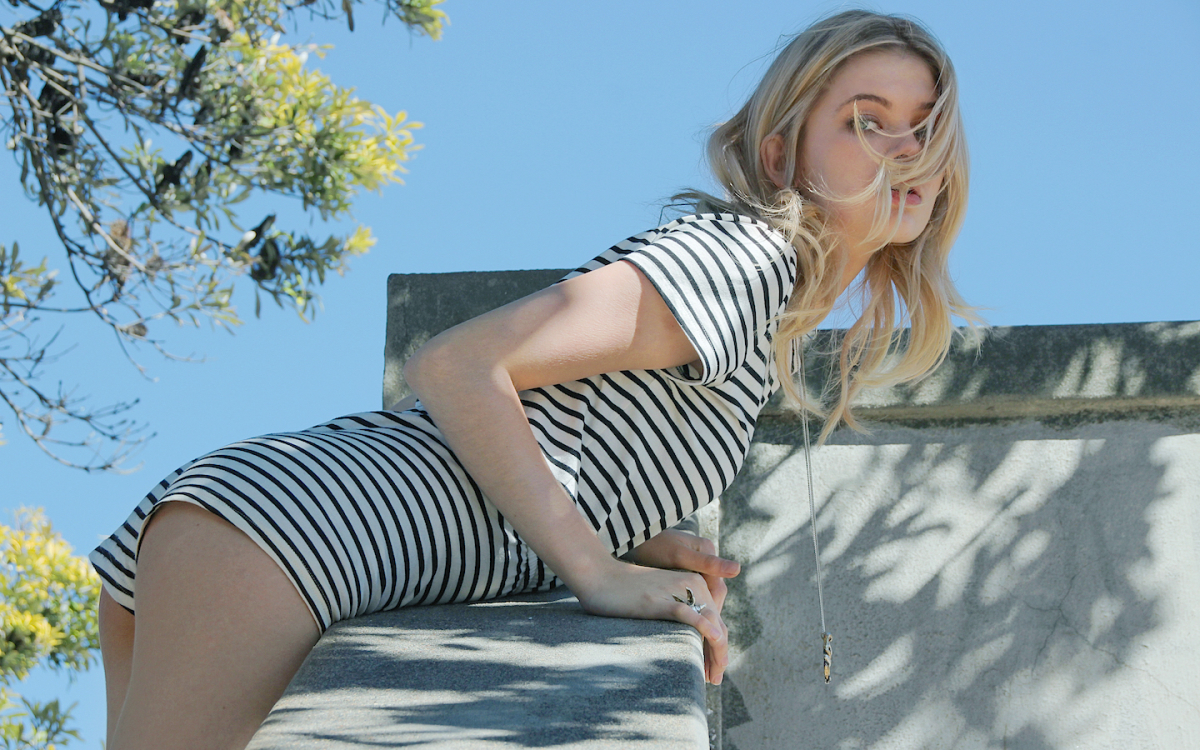
The above is a partial excerpt from the MASTERS OF PHOTOGRAPHY “Australians 2015″
Nicholas can be contacted via : www.samartis.com
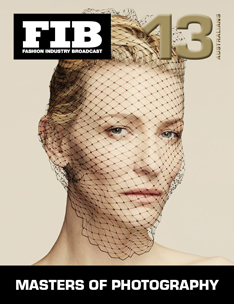 MASTERS OF PHOTOGRAPHY Vol 13 Australians Annual will be a massive 400 page Hard Cover art book, and will be launched in conjunction with a major group exhibition at Sun Studios in Sydney on the 2nd of September. The Exhibition will run for 2 weeks and will then Tour to Melbourne.You can buy the Hard Cover book at the event and on Amazon books.
MASTERS OF PHOTOGRAPHY Vol 13 Australians Annual will be a massive 400 page Hard Cover art book, and will be launched in conjunction with a major group exhibition at Sun Studios in Sydney on the 2nd of September. The Exhibition will run for 2 weeks and will then Tour to Melbourne.You can buy the Hard Cover book at the event and on Amazon books.








